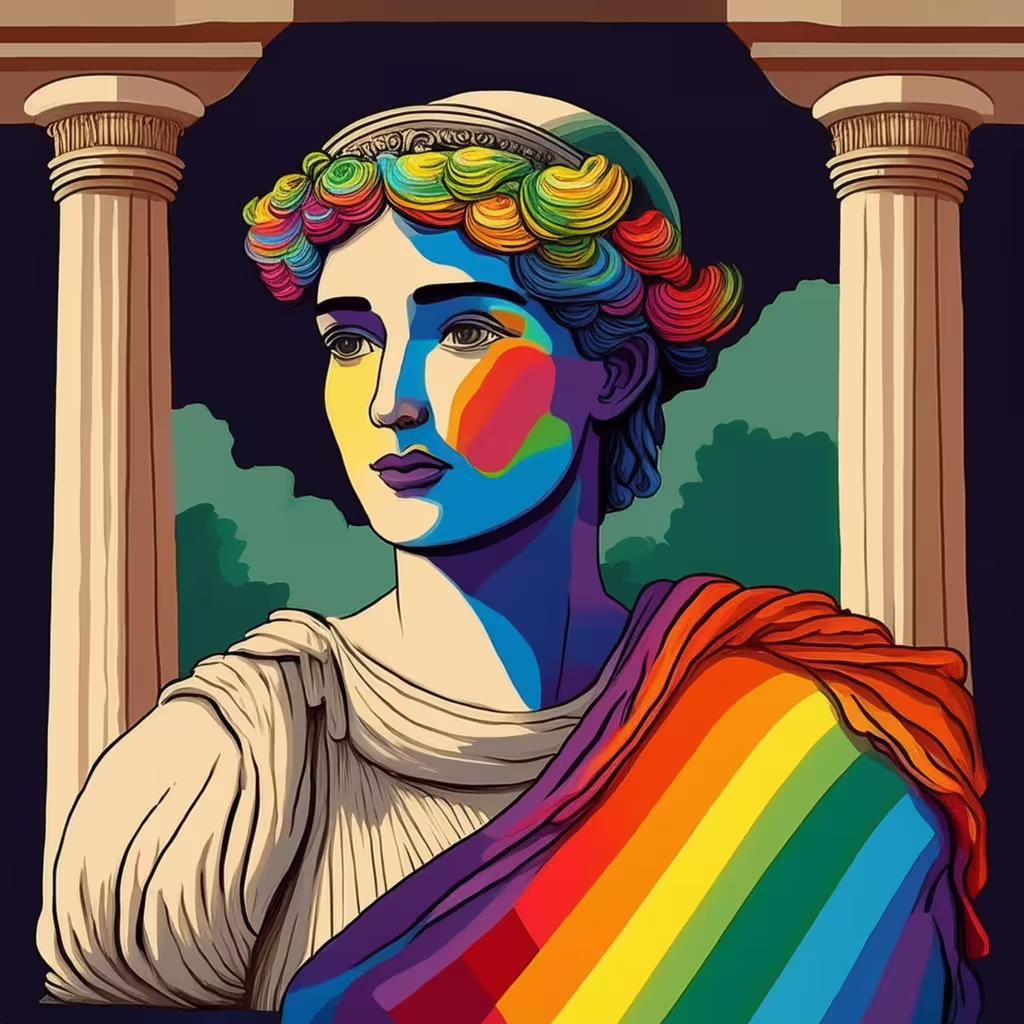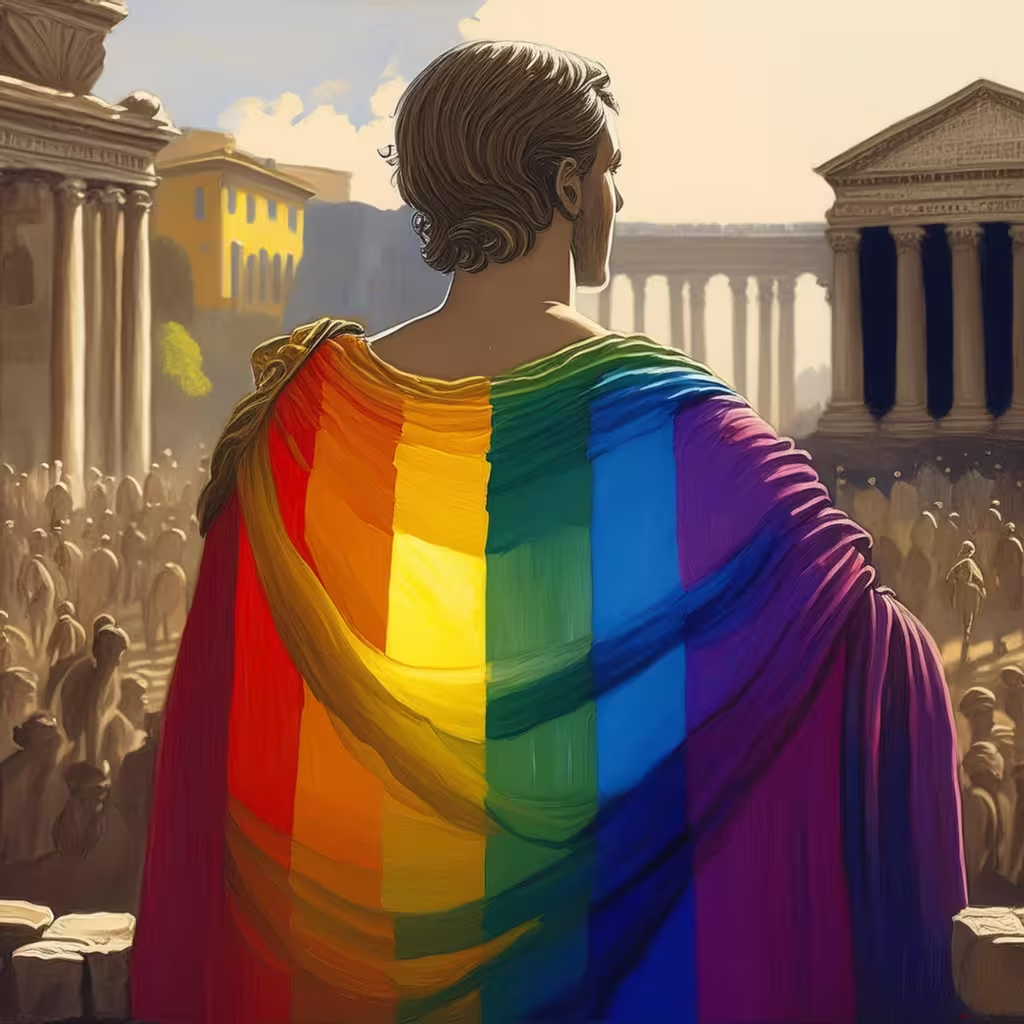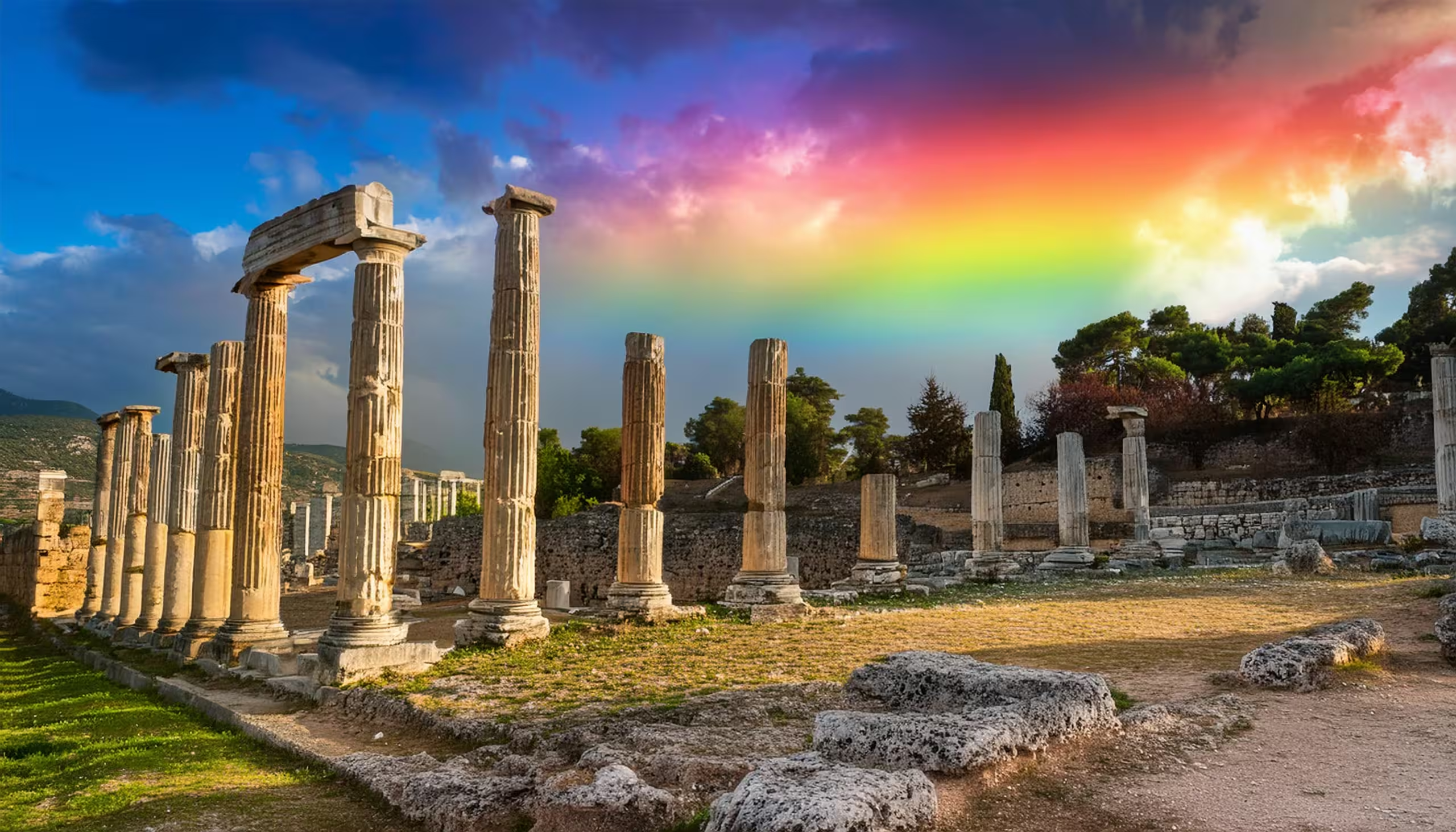Discovering LGBTQ+ Ancient Roots: Evidence of Same-Sex Relationships & Gender Diversity in Ancient Civilizations
The study of history often reveals surprising insights about the past. One such area of interest is the existence and acceptance of same-sex relationships and gender diversity in ancient civilizations. By exploring these LGBTQ ancient roots, we gain a deeper understanding of how these concepts were viewed in societies such as Greece, Rome, and Egypt, and how these perceptions have evolved over time.
The LGBTQ+ Spectrum in Ancient Greece

Ancient Greece is frequently highlighted for its relatively open views on same-sex relationships. In this society, relationships between men, particularly those involving older men and younger adolescents (a practice known as pederasty), were not only accepted but also celebrated as a formative educational and mentorship experience. While modern perspectives view these relationships with ethical concerns, in the context of ancient Greek culture, they played a significant social role.
Additionally, godly myths, such as those of Zeus and Ganymede or Achilles and Patroclus, reflect the cultural acceptance of same-sex love. Female same-sex relationships, though less documented, were also present. The poet Sappho from the island of Lesbos is one of the most prominent figures, her lyrical poetry often expressing deep affection for other women.

Gender Diversity and Same-Sex Relations in Ancient Rome
Ancient Rome provides another fascinating look into LGBTQ ancient roots. Roman society, similar to Greek culture, accepted same-sex relationships, albeit with a distinct social hierarchy. Roman men engaged in relationships with male youths or slaves without facing social stigma, provided they were the dominant partner. This dominance was crucial as it underscored the Roman values of power and control.
On the topic of gender diversity, Emperor Elagabalus, who ruled Rome briefly in the 3rd century AD, is often cited. Elagabalus is believed to have expressed a desire to transition and identified with female gender roles, which is a noteworthy instance of gender diversity in antiquity.
LGBTQ Existence in Ancient Egypt

Turning to ancient Egypt, evidence of same-sex relationships is more subtle but nonetheless significant. The most famous example is that of the royal servants Khnumhotep and Niankhkhnum, whose tomb depicts them in intimate poses typically reserved for married couples. This has led many historians to interpret their relationship as romantic.
In terms of gender diversity, the deity Hapi, often depicted with both male and female physical characteristics, symbolizes fertility and the Nile’s bounty, indicating a form of gender fluidity within the religious context.
Comparisons to Modern Perceptions
Contrasting these ancient perceptions with modern views on LGBTQ issues reveals a complex evolution of societal attitudes. Ancient civilizations often integrated same-sex relationships and gender diversity into their social and religious fabric, albeit with differing levels of acceptance and understanding compared to contemporary views. Today, while LGBTQ rights and acceptance have made significant strides, the journey toward full acceptance and equality continues, often facing resistance rooted in historical prejudice.
Social Impact of Understanding LGBTQ Ancient Roots
Understanding the LGBTQ+ ancient roots not only enriches our knowledge of history but also strengthens the modern LGBTQ+ community by providing historical validation and continuity. It challenges the misconception that LGBTQ+ identities and relationships are modern phenomena, instead highlighting their longstanding presence and significance in human history.
This historical perspective can empower the LGBTQ+ community, offering a sense of belonging and continuity. It also serves to educate broader society, fostering greater acceptance and appreciation for diversity, by illustrating that variations in love and gender have always been a part of human culture.
Conclusion
The exploration of LGBTQ ancient roots in civilizations like Greece, Rome, and Egypt reveals a rich tapestry of same-sex relationships and gender diversity. These ancient societies, each in their unique way, acknowledged and integrated LGBTQ+ individuals into their cultural narratives. By examining these historical contexts, we gain valuable insights that challenge and enrich our understanding of LGBTQ+ identities today, promoting a more inclusive and accepting society.






